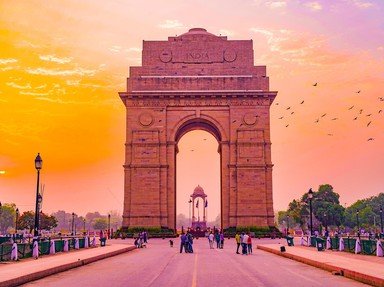Quiz Answer Key and Fun Facts
1. The Union Carbide Corporation was established in 1917 as a chemical and polymer manufacturer. In 1969, the company set up a factory in Bhopal, India to manufacture a chemical called Sevin used primarily as an insecticide. Where in India is Bhopal located?
2. On the night of December 2, 1984, what entered the storage tank containing methyl isocyanate setting off a reaction that released toxic gases into the city?
3. What did Union Carbide claim to be the principal cause of the toxic gas leak?
4. Which of the following safety mechanisms that would have helped set off alarms or mitigate the destruction caused were not operational on that particular night?
5. Warren Anderson, the CEO of Union Carbide, was arrested on December 7th, 1984 in connection with the leak. What happened to him next?
6. Over 3000 people and 2000 animals died in the immediate aftermath of the disaster. In 1985, the Indian parliament passed the Bhopal Gas Leak Act. What did this Act state?
7. In 2010, more than twenty five years after the leak, the environmental impact of the leakage had still not been rectified, with groundwater in the area having alarming levels of toxins.
8. Union Carbide sold off its Indian subsidiary to Eveready Industries in 1994. Seven years later, which American multinational bought Union Carbide itself?
9. On June 7, 2010, eight Indian employees of the Indian subsidiary of Union Carbide were convicted of negligence including the former non executive Chairman, Keshub Mahindra. What sentence did they each receive?
10. Which of the following books is NOT based on this tragedy?
Source: Author
zorba_scank
This quiz was reviewed by FunTrivia editor
bloomsby before going online.
Any errors found in FunTrivia content are routinely corrected through our feedback system.

